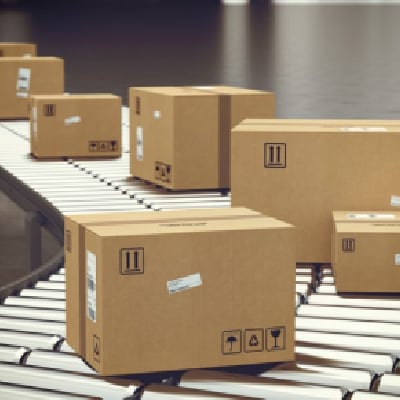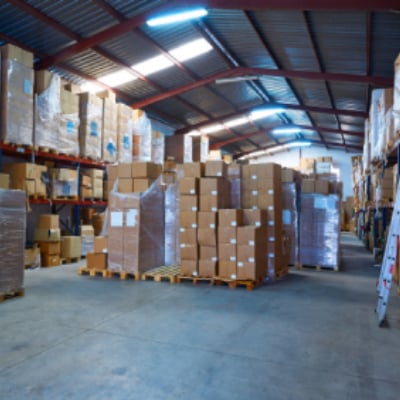Factory and Warehouse Insurance Policy
Factories and warehouses form the backbone of all the manufacturing and storage related activities that happen in India. A factory setup will involve the building, creation of plant, installation of machinery and equipment, storage of stock/inventory (raw material as well as finished goods). Warehouses are the key for various business that involve storage. Additionally, there will also be electrical and electronic equipment, furniture, fixtures, money stored in safe, etc. These are all expensive assets and form an important part of the business setup. Any disturbance to this setup can be detrimental to the business and ruin years of hard work. An accident or unfortunate event can happen anytime, hence risk management is critical to the overall success of businesses.
Risk management – Warehouse and Factory owners need to identify the various risks they face and suitably mitigate or eliminate risk. A Factory Insurance Policy in India is an important tool to secure your factory assets.


 Factory and Warehouse Insurance
Factory and Warehouse Insurance 






